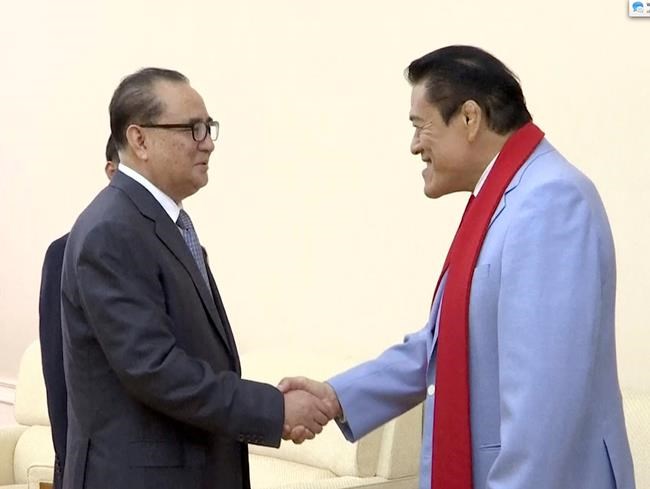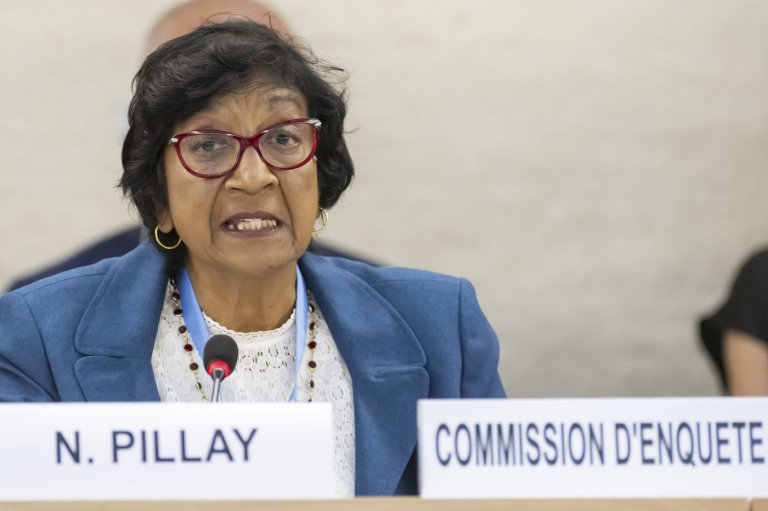
Japanese pro-wrestling icon meets senior N. Korean official
PYONGYANG, Korea, Democratic People’s Republic Of – Japanese politician and pro-wrestling icon Kanji Inoki met a close confidant of North Korean leader Kim Jong Un on Saturday in his latest visit to Pyongyang, a day after North Korea conducted its fifth nuclear test in defiance of heavy international sanctions.
Inoki met with Ri Su Yong, former North Korean foreign minister and current head of the international department of the country’s ruling Workers’ Party. It wasn’t immediately known what the two men discussed.
North Korea’s official Korean Central News Agency said Inoki gave Ri an unspecified gift intended for Kim, but provided no other details.
Inoki, 73, is a pro wrestler-turned-lawmaker, perhaps best known in the United States for his exhibition bout with Muhammad Ali in the 1970s.
He has been a regular visitor to North Korea for years and has supported the idea of promoting exchanges with the isolated nation through sports.
In 1995, Inoki fought American Ric Flair in what was called the “Collision in Korea,” a two-day event held in Pyongyang’s huge May Day Stadium that drew a reported 380,000 spectators and guest attendees including Ali.
Inoki organized another wrestling event in Pyongyang in 2014, with about 20 mixed martial artists taking part in a series of exhibition matches.
Join the Conversation!
Want to share your thoughts, add context, or connect with others in your community? Create a free account to comment on stories, ask questions, and join meaningful discussions on our new site.












Leave a Reply
You must be logged in to post a comment.